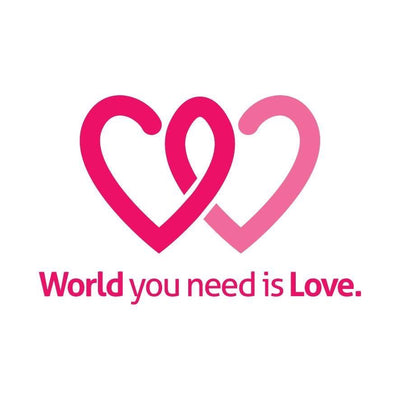
In an attempt to be more sustainable, and to make more conscious purchases, it is important to know which fabrics to choose. So we made a ranking of which are the most sustainable fabrics?
1 - Hemp fiber - this fabric is number one because it grows much faster than cotton, doesn't need pesticides and requires little water. It is possible to produce much more hemp fiber per square meter than trees, cotton or linen. In addition, it has deep roots that fertilize the soil.
2 - Tencel - made with eucalyptus trees, which do not require pesticides or irrigation and which do not require their own spaces like cotton. Tencel is still seen as an environmentally friendly fabric because it has a closed production system, meaning 99% of the chemicals and solvents used in the process are recycled, which translates into almost no waste.
3 - Organic cotton - conventional cotton is considered one of the dirtiest crops in the world, we've already talked about it here . But organic cotton in turn even creates diversity and helps to fertilize the soil.
4 - Modal - Modal fiber is the generic name of a rayon (as the fibers that originate from cellulose are called) and which was originally developed in Japan in 1951. Breathable and silky to the touch, modal is about 50% more water-absorbent than cotton, a feature that helps with body perspiration. With properties similar to other cellulose fibers, it is designed to maintain color without fading over time. The modal's environmental footprint is positive – it is carbon neutral, requires less land per ton than cotton fibers and has a water consumption level ten to twenty times lower than that of cotton. Many brands, therefore, see the use of the modal as an eco-friendly choice. With an impressive resistance to shrinkage and pilling (the famous polka dots in the fabric), it's worth noting that the modal can be used alone or in a textile blend.




